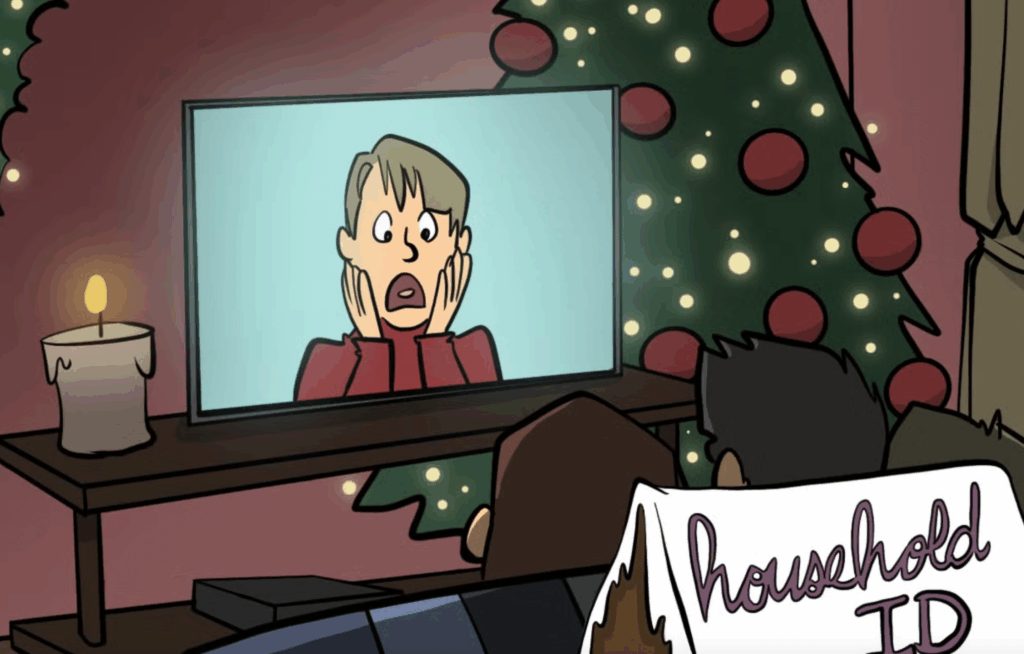
More than eight in 10 consumers have no idea that when they hit the report spam button, the mailer’s messages could get blocked from reaching people who want them, according to a recent survey by Silverpop.
What’s more, when consumers are told the spam button could affect others’ chances of getting their e-mail, 67% in the survey said they’d still report what they perceive as spam to their inbox providers, according to the e-mail service provider.
In somewhat positive news, 76% said they report e-mail they didn’t sign up for as spam, according to Silverpop.
However, a disconcerting 30% said they use the report-spam button because they distrust unsubscribe links.
“When consumers say they’d rather hit the spam button than the unsubscribe link, it’s pretty darn clear that marketers are failing miserably at engaging with their customers,” said Ted Roberts, director of deliverability for Silverpop. “And all too often recipients don’t feel connected in any real way with the companies that e-mail them, because they didn’t receive a confirmation e-mail, or didn’t get a series of welcome e-mails, or what they signed up to receive doesn’t come close to resembling what the company is actually sending.”
He added: “Failing to meet recipient expectations can lead to blocked e-mails.”
Indeed, two studies released last summer — one by deliverability firm Return Path, another by Silverpop — found that a third of online merchants failed to send any e-mail to new subscribers within 30 days of sign-up.
Even more astonishing, 60% of online marketers didn’t send “welcome” e-mails to new registrants, according to Return Path.
Those figures have probably not changed much in the intervening months.
Not surprisingly, Silverpop recommends sending a welcome e-mail soon after someone opts into receiving messages.
“Not sending e-mail messages shortly after a subscriber opts in only serves to confuse a recipient,” said Silverpop in the recommendations portion of its study. “If someone has to wait more than a month to receive the first e-mail message from a sender, chances are higher that they’ll have forgotten they even registered with the company, and they will hit the spam button to keep such messages from reaching their inbox in the future.”
Also, the industry best practice of list building using confirmed opt-in—or sending a confirmation e-mail to new registrants to which they must respond in order to be added to the list—is understood to greatly lower a marketer’s chances of being reported as a spammer.
In other findings by Silverpop, while 52% of the consumers surveyed said they defined spam as e-mail for which they did not sign up, 40% defined it as e-mail they didn’t want and 30% described it as e-mail from any commercial entity. The numbers don’t add up to 100% because respondents were allowed to check more than one answer.
Also, while 77% said they limit the number of lists they sign up for to combat spam, 25% said they use multiple accounts and 17% said they use throwaway addresses.



